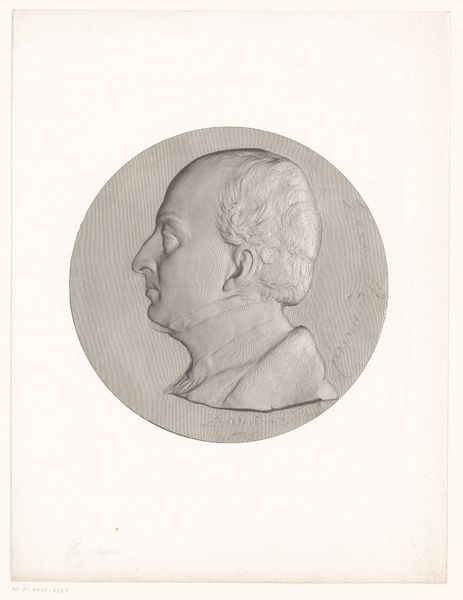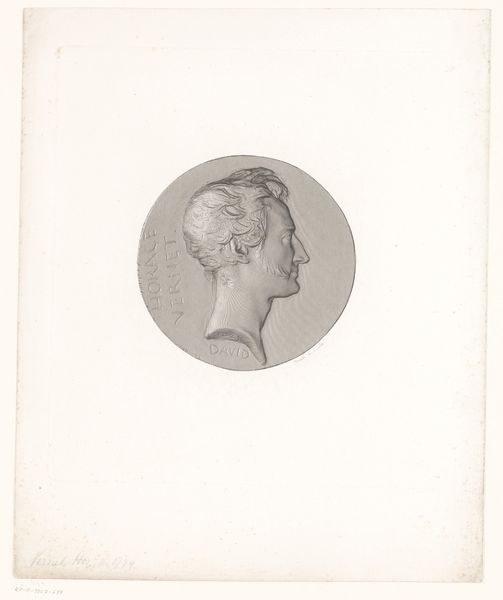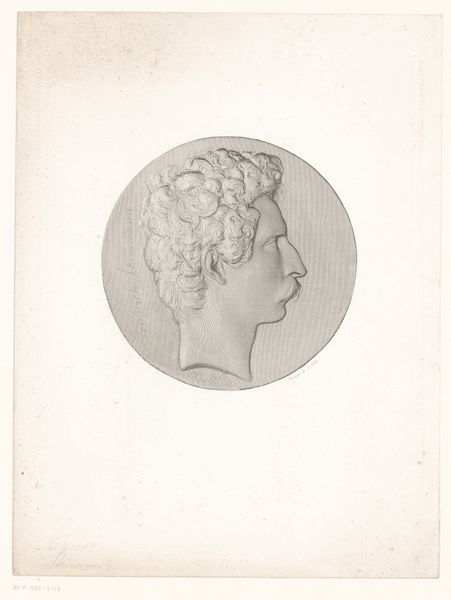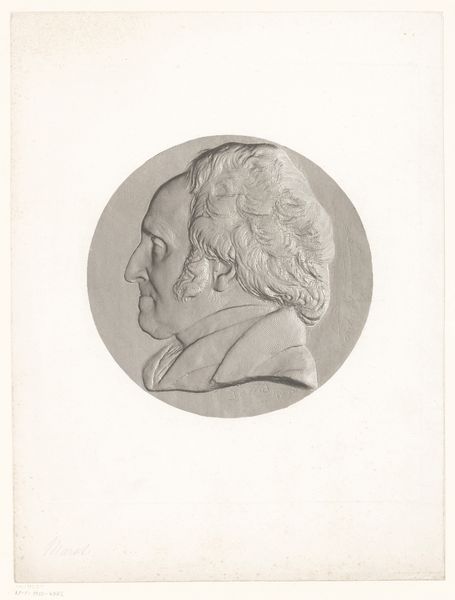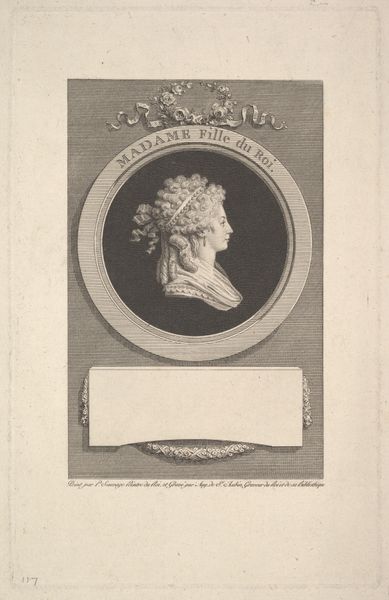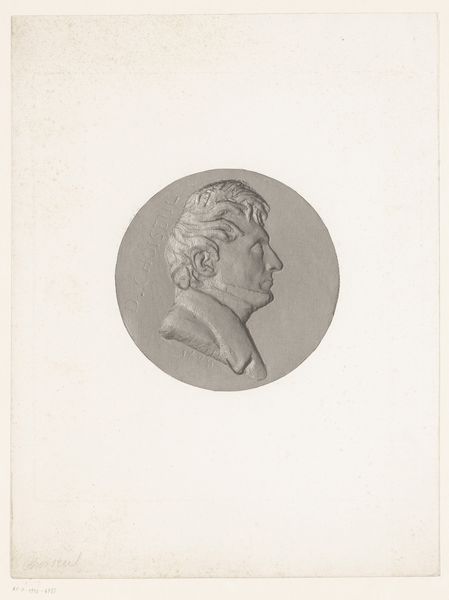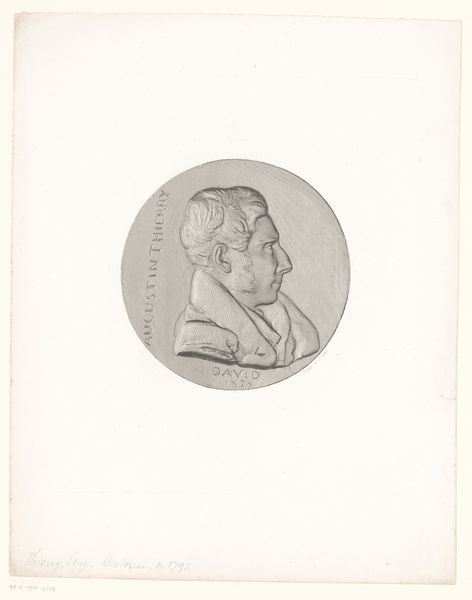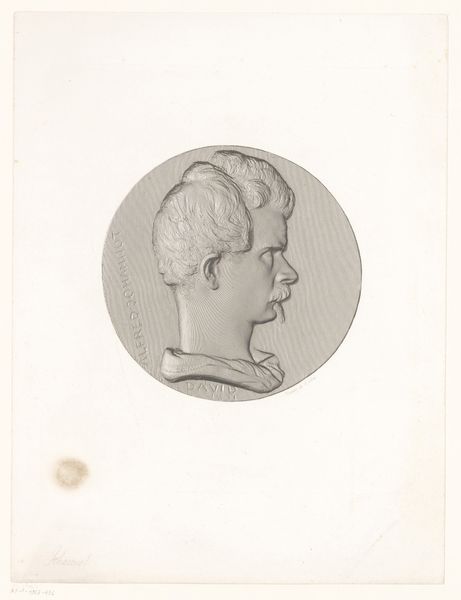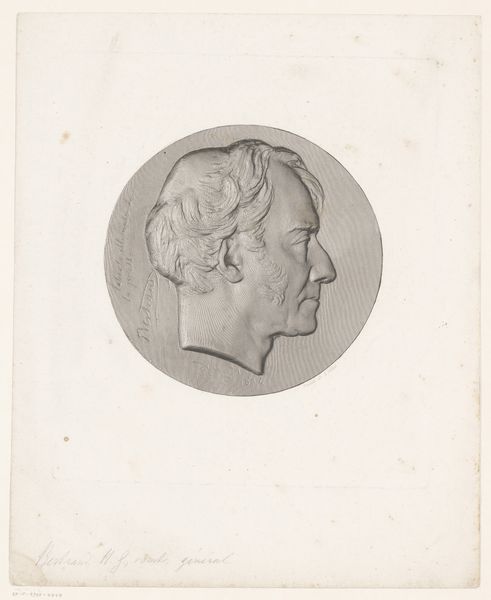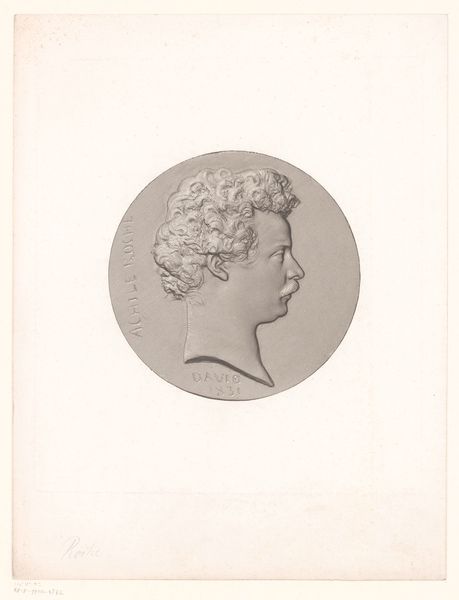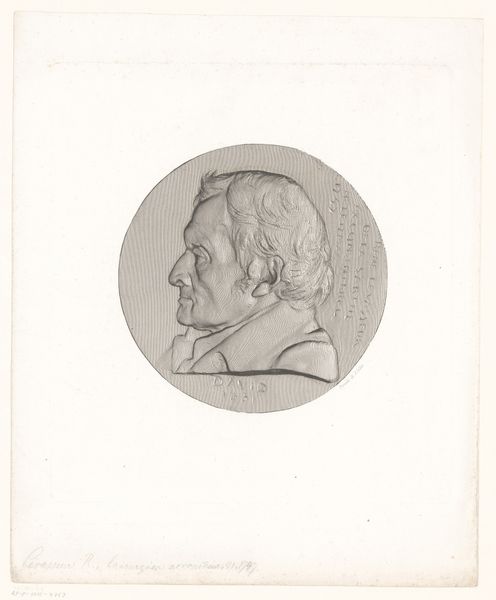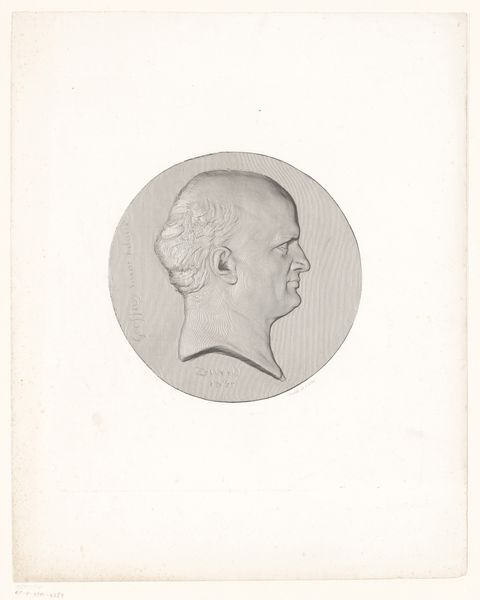
relief, sculpture, marble
#
portrait
#
neoclacissism
#
relief
#
form
#
sculpture
#
men
#
marble
#
profile
Dimensions: 2 x 1 1/2 in. (5.1 x 3.8 cm)
Copyright: Public Domain
Editor: This elegant marble relief, “Cameo of a Gentleman” by Erastus Dow Palmer, made around 1847 to 1850, strikes me with its neoclassical simplicity. It feels very… reserved. What do you make of this portrait in terms of its cultural moment? Curator: This work emerged within the context of 19th-century American Neoclassicism, where there was a fascination with ancient Greece and Rome. Think about how the artist chose marble and the cameo format, both deeply rooted in classical traditions. Why do you think Americans at the time embraced such imagery? Editor: Well, I suppose that by connecting with that past they were hoping to give the young nation an aura of established cultural legitimacy, aligning themselves with democratic ideals. Curator: Precisely! It’s also interesting to consider the gentleman portrayed. This idealized portrait served as a means of constructing and reinforcing societal hierarchies, portraying masculinity in a particular, controlled light. What message do you think this image sends to the viewer? Editor: It does exude power and restraint. It seems almost… austere, projecting an image of success linked to virtue, probably aiming to instruct viewers on proper behaviour and moral standards. Curator: Exactly. It highlights how even a seemingly simple artwork like this cameo can function as a potent tool in shaping public perception and upholding societal norms. I'm thinking about the placement within the Met now and its effect, removed from that original context. How does that removal and elevation of a once functional political object affect its present message? Editor: Wow, I hadn’t considered that. Seeing it in a museum gives it a kind of timeless quality, although learning about the original context definitely gives it more depth. Curator: Indeed, it adds a critical layer to how we understand the art's social impact, even now. Editor: Absolutely, I’m seeing so many more dimensions now.
Comments
No comments
Be the first to comment and join the conversation on the ultimate creative platform.
